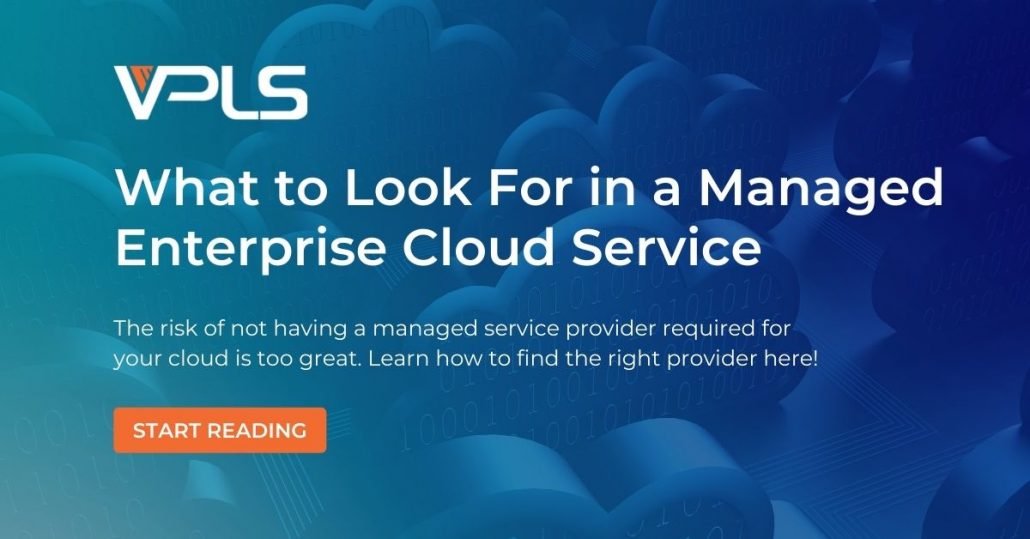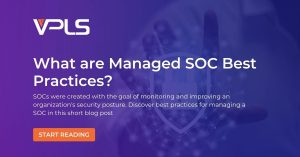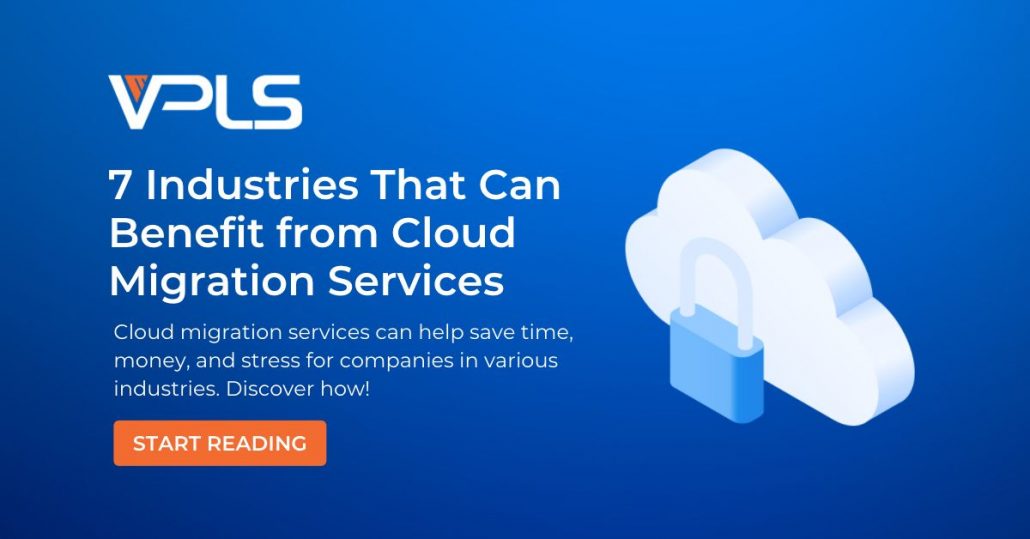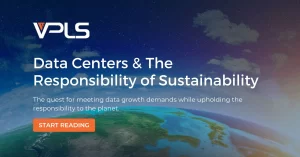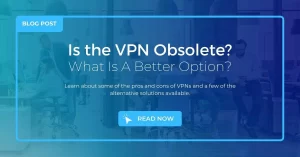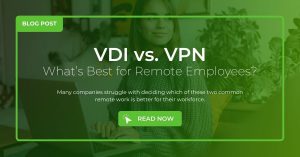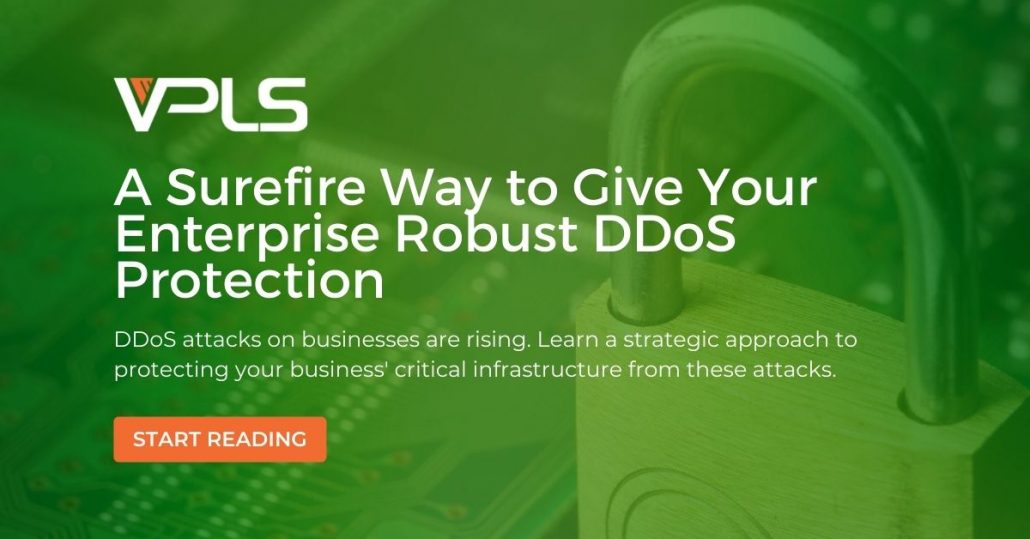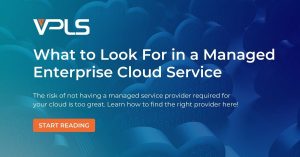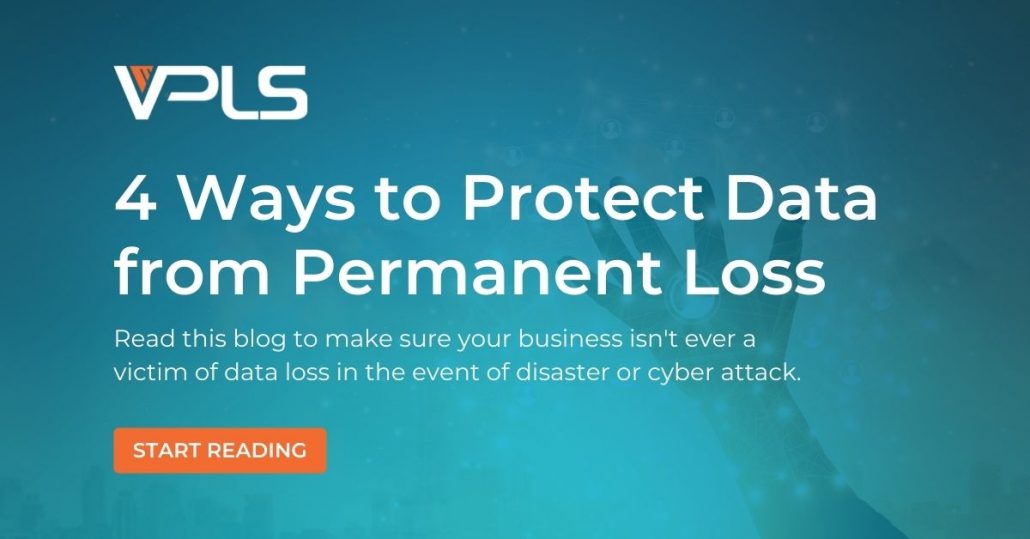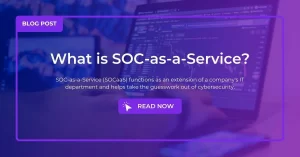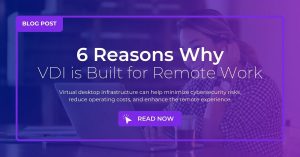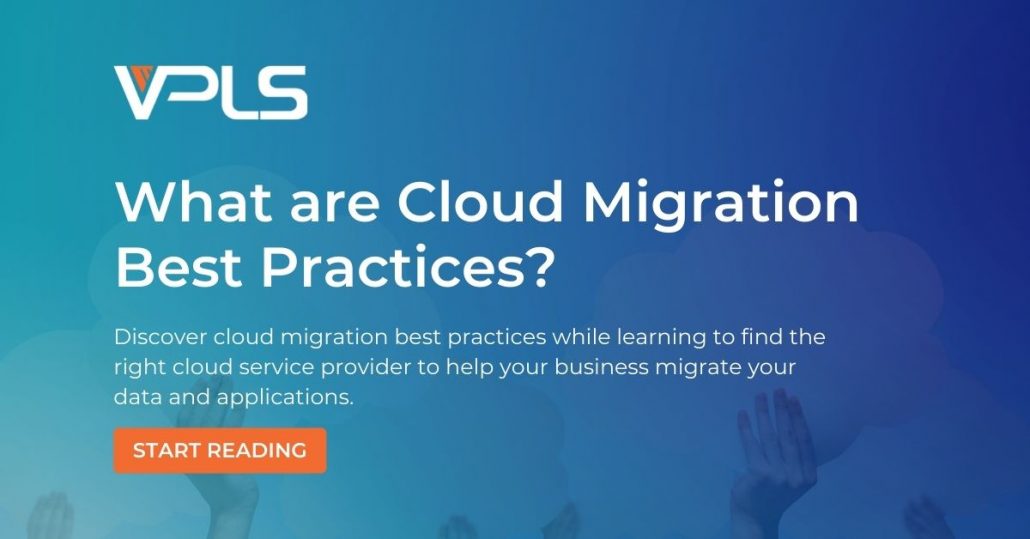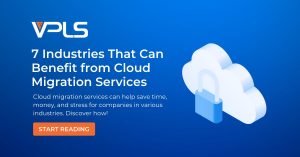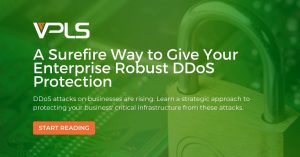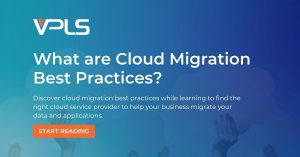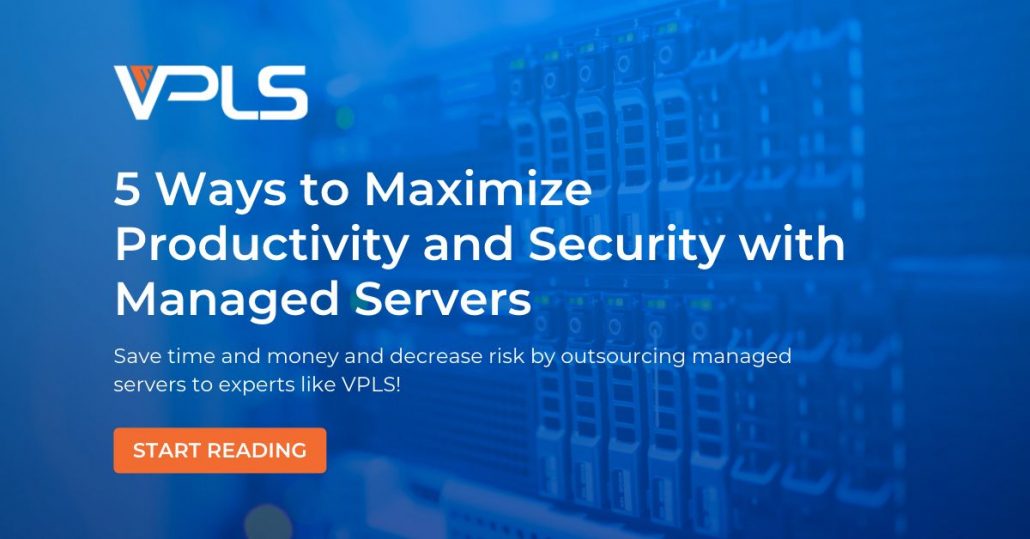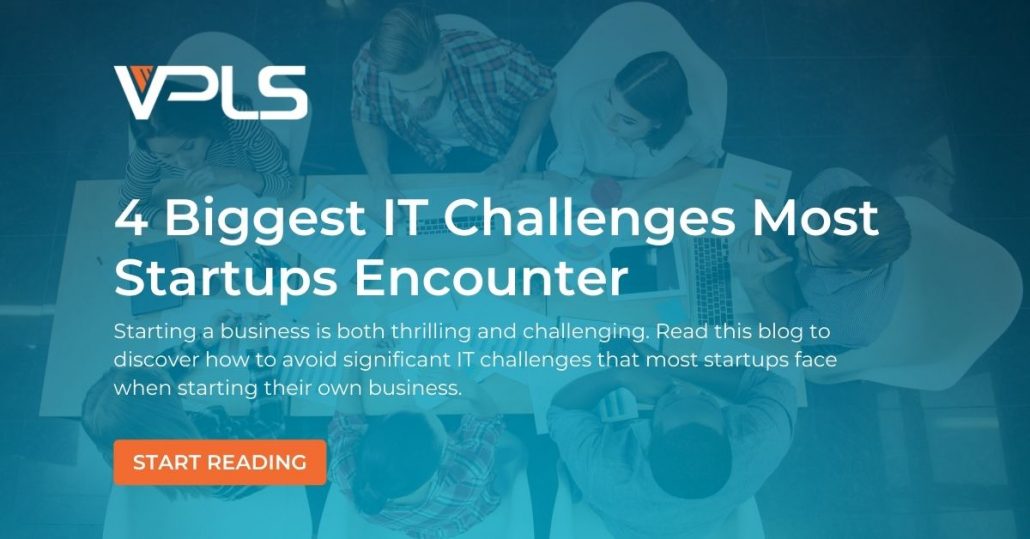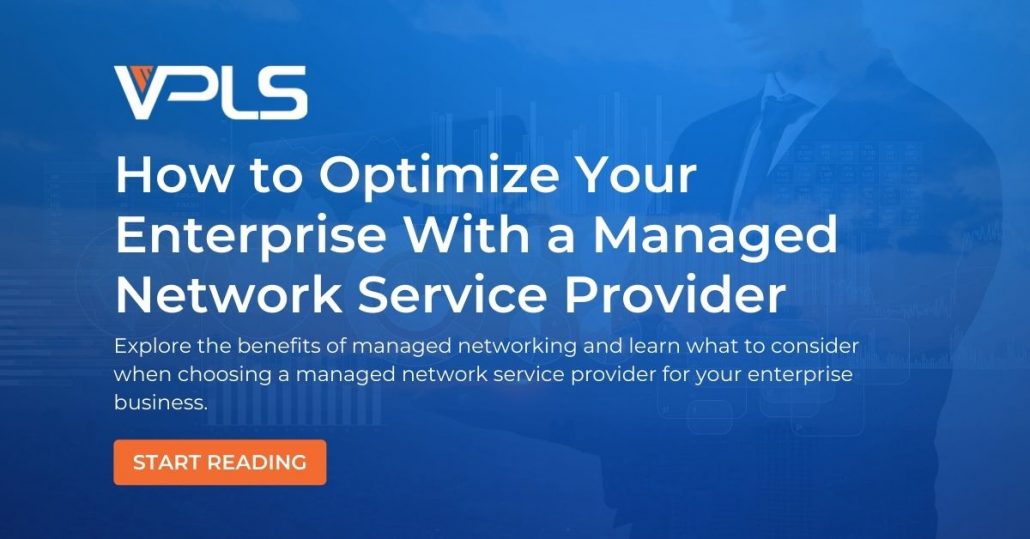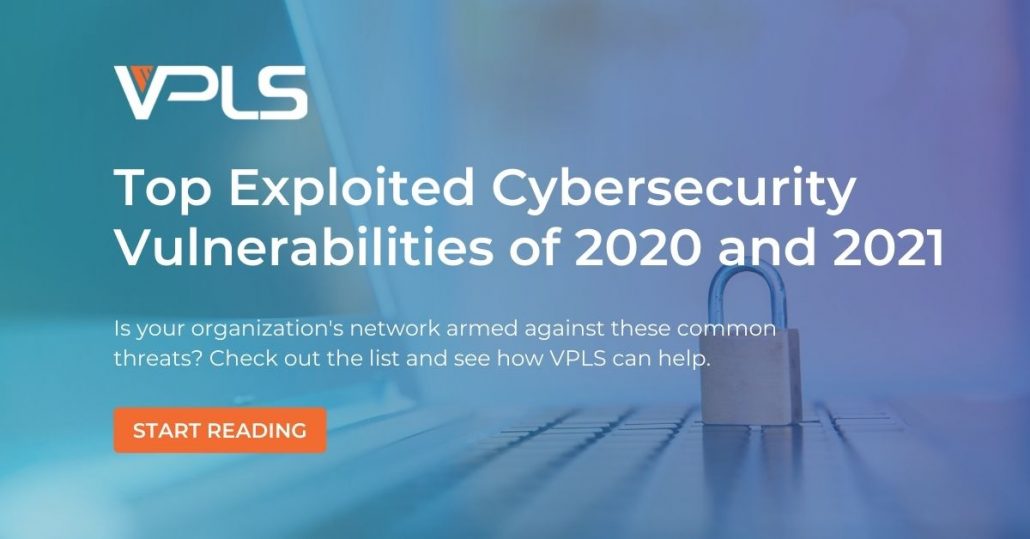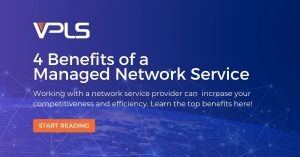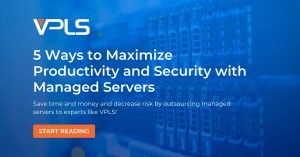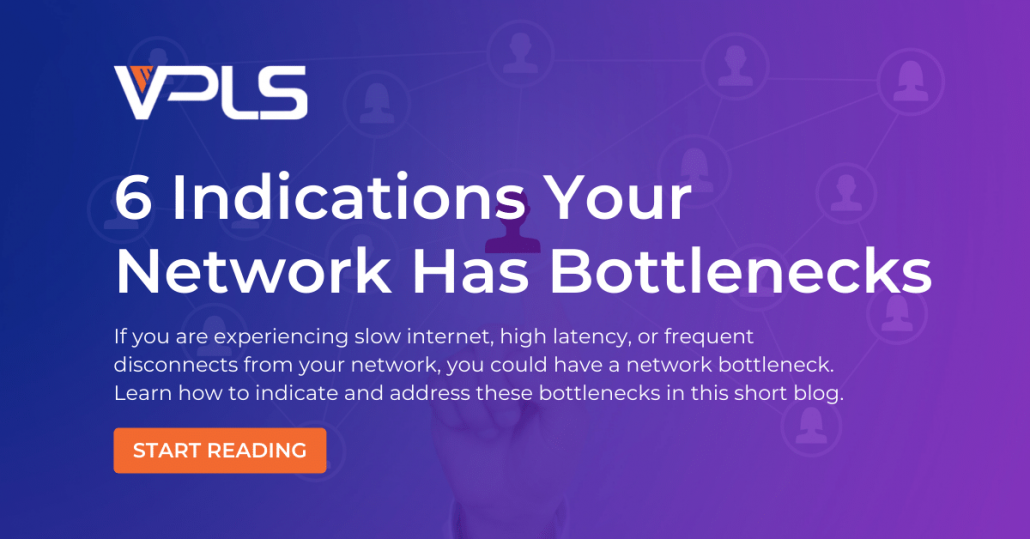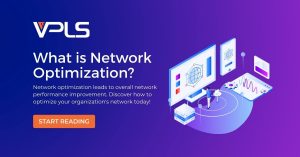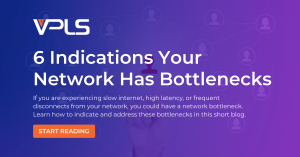What to Look For in a Managed Enterprise Cloud Service
Many organizations that have moved to the cloud and managed enterprise cloud services have grown in demand because of it. And when you look at just what a managed enterprise cloud service can do, it’s easy to see why.
Managed enterprise cloud services are designed for businesses that need reliability, scalability, and security. Cloud migration is an important step in a company’s digital transformation journey and, with the right service, it will help your business save money on IT costs over time.
But you shouldn’t just choose any service provider, which is why we have compiled important information below for you to keep in mind when looking for managed enterprise cloud services.
What to Look For When Choosing a Managed Enterprise Cloud Service
- What does the provider offer?
- How do they protect data privacy?
- Who can I contact with questions about my account?
- Do they provide backups of user content or just system data?
- What are their storage options?
- Who runs the managed enterprise cloud service and how many clients do they have?
-
Do they offer remote access capabilities for employees who work offsite or travel frequently?
Manage Your Data Safely on Your Own Server With Remote Access Capabilities
Employees at any level may need remote access capabilities when they are not working from the office, traveling frequently, or managing multiple offsite locations. A managed enterprise cloud service can provide this ability. Migrating from older legacy systems onto a new or fresh system is easier with the help of an experienced company like VPLS, and it’ll save you money in the long term as well!
The transition should be painless because these experts have extensive experience migrating customers’ entire IT infrastructures over time with minimal delays or interruptions. Your service provider needs to offer the tools you need to access your cloud storage painlessly and ensure your data is secure.
Managed Enterprise Cloud Services Are Customizable
Cloud data and storage can vary widely when it comes to size and server capability needs. This is why customizable service solutions are so important. Managed enterprise cloud services from VPLS offer a range of options for all types of businesses. As a business owner or manager, it’s important to find out how much you’ll be paying before committing to a service provider so that your budget can accommodate the costs.
Custom solutions can be much more cost-effective in scope because there are no service scope gaps due to size. For example, if you are an enterprise business, the demands on your cloud migration and storage will be much greater than a small or mid-sized business. Some service providers operate under a one-size-fits-all service model, which can cause many of these gaps.
Why VPLS is the Go-To Provider For Managed Enterprise Cloud Services
Providers like VPLS, however, ensure that the service you get is the service that’s built best to suit your specific business. The tremendous value in this customization and personalization of services cannot be understated. It is essential in a business’s long-term success with cloud data storage.
VPLS offers diverse services for different industries, including banking and finance, healthcare, retail, and other sectors. Managers in any industry will want to make sure their provider has the necessary specialization and expertise needed for today’s complex business climate.
A VPLS managed enterprise cloud service offers businesses a way to outsource data storage and management. This is often more cost-effective for larger companies, which have the budgets necessary to hire full-time staff dedicated to this task. It’s also highly beneficial for small and mid-sized businesses who may not need a lot of data storage, but don’t have the time or resources to manage the cloud themselves.
The benefits of hiring a service for this are numerous. For one thing, it frees up valuables time and resources that could otherwise be spent on your mission-critical daily operations. Secondly, managed services can make company processes run much smoother than they might on their own without top-level supervision from experienced professionals.
The risks of ignoring the true demand for service and monitoring that cloud storage requires are simply too high to not look into managed enterprise cloud services. Ultimately, a managed enterprise cloud service provider like VPLS will also increase overall productivity, making your business stronger over time when you use them effectively!
Get in Touch With VPLS Today!
Don’t wait until it’s too late. Contact us HERE to learn more. We are happy to provide a quote for our services as well as schedule time for either an informational meeting or discovery call.
Read More from this Author

